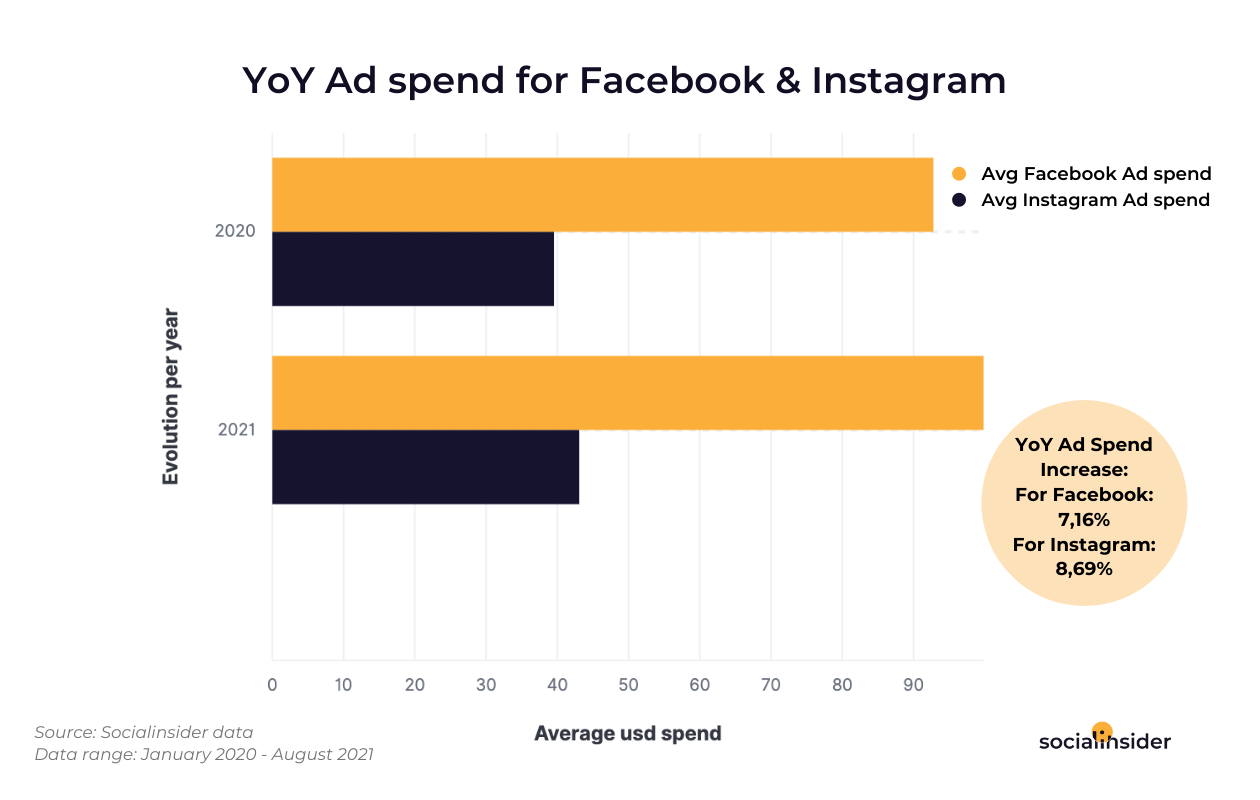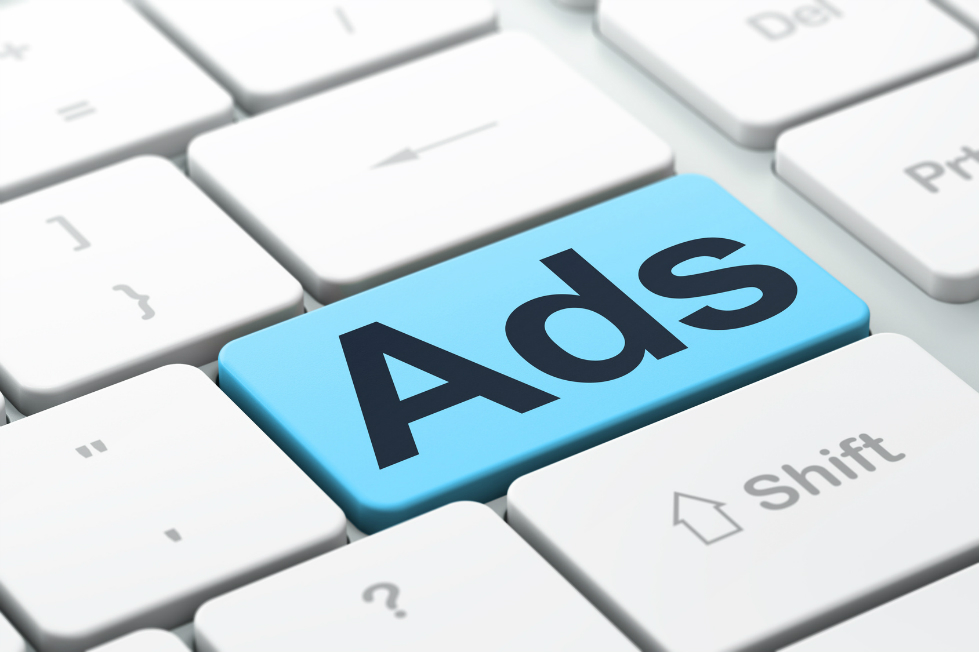
Television advertising has several advantages, including reach and cost. TV advertising is a great way to build brand awareness. It's also very cost-effective. They can also be very expensive to produce. Many local stations have commercial production teams that can assist you in producing your ad. Print ads are an option for those seeking a lower cost option. Television ads offer several benefits over print ads. These benefits are listed below. You can read more about these benefits by reading on.
TV advertising reaches a large audience
TV advertising reaches a large audience, but how does it work? To reach a large audience, marketers need to place their ads in front of the right people. Advertising that is content-centric (which displays advertisements based upon what viewers are seeing) has proven to be a successful method of reaching a broad audience. A fitness equipment advertisement might be shown during a male-oriented sport program. Advertisers are not limited to the content.

It is also cost-effective
There are many ways to reduce television advertising costs. Advertising spends the most money during primetime. However, off-peak hours and timeslots leading up to and following primetime are less expensive. Television advertising is also cost-effective if the ad is bought in bulk. Volume discounts are often offered by many television stations and vendors for orders that span several months. By knowing the best times to run ads, you can get the most bang for your buck.
It works well at increasing brand awareness
TV is a proven channel to increase brand awareness and convert customers. Unfortunately, TV advertising is often seen as negative. Many people skip commercials and choose to switch channels in an effort to avoid them. Because it has the ability to influence the audience's recall and evaluation as well as their purchase intention, TV advertising remains a very effective tool for brand awareness. We'll be discussing why TV ads are so effective in building brand consciousness.
It is an effective medium
Brands enjoy many advantages from TV. TV's wide reach and universality make it an ideal medium for reaching large audiences. Television is still a very popular pastime in America. Television is used by many people to escape the daily stresses of life. Brands can also reach their target audience by attending live events. Brands are also a common theme among TV viewers. In fact, a recent study found that 96% of all households in the U.S. own at least one television set.
It has many variations
Television advertising offers diverse advantages. Television advertising can be very creative as it combines sound, colour, and motion. It allows you to target the right demographics to promote your product. It is very effective in promoting products and services and attracts a lot of attention. Compared to other marketing methods, TV advertising can be an affordable, effective option for a large amount of investment. Here are some of these benefits: TV advertising can be used to advertise products and/or services.

It is open to small businesses
The TV industry has long been the preferred medium for advertising video. Although the costs of production have increased and viewership has declined in recent years television remains a viable option for small businesses. TV advertising is a powerful medium for businesses to advertise their products and services. Here are three ways that small businesses can take advantage of this media. 1. TV advertising is easier to access
FAQ
What are the basics of radio advertising?
It is important to understand the interdependence of different media types. All media forms can be considered complementary, rather than competing.
Radio is best utilized as an extension to TV advertising. It can reinforce key messages and provide additional information.
Radio listeners often find TV commercials too lengthy. Radio ads are often shorter and cheaper.
What do you need to know about print advertising?
Print advertising is an effective medium for communicating with consumers. Many companies use it to promote products and services. The key objective is to capture the attention of the consumer.
Print ads are typically short (1 page) and usually include text, photos, logos, or other graphics. They can also include sound and animation as well video and hyperlinks.
Here are the main types and classifications of print advertising:
1. Brochures are large-format printed materials that are designed to draw people into shops. Brochures often feature eye-catching designs and colorful photos.
2. Catalogues: These are smaller versions or brochures. These are often sent to customers who have asked for information on particular items.
3. Flyers – These are small pieces made of paper that are distributed at events, such as fairs or concerts. These flyers are usually free, but they must be purchased if given to retail outlets.
4. Posters – These are larger versions than flyers. They can be displayed on fences, walls, or buildings. They are created by computer software programs in order to grab passersby's eyes.
5. Direct mail: These are postcards or letters that are sent directly by post to potential customers. These are sent out by companies to remind customers about their business.
6. Newspaper Ads are placed in newspapers and magazines. These are typically quite long and often contain text as well images.
What is affiliate marketing?
Affiliate marketing is an internet business model in which you refer customers to other products and services. When someone purchases from you, the product owner will pay you.
Affiliate marketing is built on referrals. Referring people to your website is all that's required. Simply refer people to the website.
You don't have to sell anything. It's just as easy to sell as it is to buy.
It takes just minutes to set up an account as an affiliate.
The more people you refer, the more commission you will receive.
There are two types.
-
Affiliates who have their own websites
-
Affiliates that work for companies offering products and services.
How can I choose my target audience
Begin by talking to yourself and people close to you. You might be unsure where to begin. Ask yourself: "Whom am I trying to reach?"
Ask yourself these questions: Who do you consider the most influential in your industry? What are their daily problems? Which people are the most intelligent in my industry? They hang out online.
Go back to the beginning when you started your business. What motivated you to start your business? How did you solve the problem?
These answers will help to identify your ideal clients. Learn more about them and why they choose to do business with you.
To get clues about who they cater to, you can also check out your competitors' social media pages and websites.
Once you identify your target customers, then you must decide which channels to use to reach these people. You might, for example, create a website to target home buyers if you offer services to real-estate agents.
If your company provides software to small businesses, you might consider creating a blog for those owners.
A Facebook page could be created for clothing sellers. For parents who are looking for child-friendly restaurants, you might set up your own Twitter account.
It is important to remember that there are many methods of getting your message across.
What information do you need about internet advertising
Internet advertising is an essential part of every business strategy. It allows companies to reach potential customers at low costs. There are many types of internet advertising. Some are free and some require payment.
You can also advertise online using banner ads, pop up ads, search engine optimization, pay-per-click advertisements (PPC), social media marketing (e-mail marketing), and mobile marketing. Each method has its advantages and disadvantages.
How much does it take to advertise on social networks?
If you decide to go this route, you should know that social media advertising is not free. You will be charged monthly for your time spent on each platform.
Facebook - $0.10 per 1000 impressions
Twitter - $0.20 per 1,000 impressions (if you tweet)
If you send invitations, Linkedin: $0.30 per 1,000 impressions
Instagram - $0.50 per 1,000 impressions.
Snapchat - $0.60 Per 1,000 Impressions ($0.40 per User)
YouTube - $0.25/1000 views
Tumblr - $0.15 per 1,000 impressions for text posts.
Pinterest - $0.05 per 1,000 impressions per month
Google+ - $0.15 to $0.0.20 per 1,000,000 impressions
Tumblr $0.15- $0.20 for 100,000 impressions
Vimeo - $0.20 - $0.25 for 10,000 impressions
Soundcloud – $0.20-$0.25 for 1 million plays
StumbleUpon - $0.20 -$0.25 per 1 billion pageviews
Digg – $0.20 - 0.25 per 1000 diggs
Reddit $0.20-$0.25/1000 comments
Wordpress $0.20-$0.25 per 500 Comments
Flickr - $0.20 -- $0.25 per 5,000 photo uploads
What is branding?
Your brand is the way you express who you are and what your stand for. It's how you make people remember you when they hear your name.
Branding refers to creating a brand that is memorable for your company. A brand does not only include a logo, but includes everything that you look like and how your voice is used by employees.
Because they are confident they will get what they want, a strong brand can help customers feel more comfortable buying from you. It gives customers confidence when choosing your products over the ones of other competitors.
A good example of a well-branded company is Apple. Apple is a well-known brand for its elegant design, high quality products and excellent customer service.
Apple's brand has become synonymous with technology. Apple is the brand people think of whenever they see a smartphone or computer.
If you're considering starting a new business, you should consider developing a brand before launching. This will give your business a personality and face.
Statistics
- Google will display whichever ad type (CPM or CPC) is expected to earn more revenue for the publisher, which is in Google's best interest since they take a 32% share of the revenue. (quicksprout.com)
- Worldwide spending on advertising in 2015 amounted to an estimated US$529.43 billion. (en.wikipedia.org)
- Nonetheless, advertising spending as a share of GDP was slightly lower – about 2.4 percent. (en.wikipedia.org)
- Advertising's projected distribution for 2017 was 40.4% on TV, 33.3% on digital, 9% on newspapers, 6.9% on magazines, 5.8% outdoor, and 4.3% on radio. (en.wikipedia.org)
External Links
How To
How do you place an ad on a billboard
Billboards were popularized by the United States Army during World War II. They became a standard fixture along roadsides and highways. Most billboards are text-based advertising. Some also include photographs or artwork. Some billboards display static messages, while others display information that changes frequently, such weather forecasts, stock prices and sports scores.
While most billboards are outdoors displays, indoor versions are available. The majority of outdoor billboards are visible to traffic frequently, while indoor versions may be seen only once every few years. The most common type of outdoor billboard is called a "cubic" billboard because it is composed of three layers -- two sheets of glass sandwiching a layer of fiberglass mesh. This allows air to circulate throughout the billboard, which keeps it cool in hot and warm in cold.
Billboard Advertising Inc. has many of North America's most prominent billboard advertising firms. Advertisers pay them to advertise on their billboards. Advertisers are then offered space on these billboards by these companies. These billboards are purchased by advertisers according to how much they wish to spend on advertising. They choose the best areas for their ads based primarily on the location of people who drive or walk most often.
Billboard Advertising Inc. is licensed to sell ad space and to erect signs in cities. Some cities allow billboards wherever they are allowed, while others prohibit them from certain areas. Chicago, for example, requires billboards to be kept at least 1,000 feet away from highways. Other cities stipulate that billboards must be at least 500 feet away from any school or church.
Billboard Advertising Inc. has agreements to promote products and/or services throughout the United States.